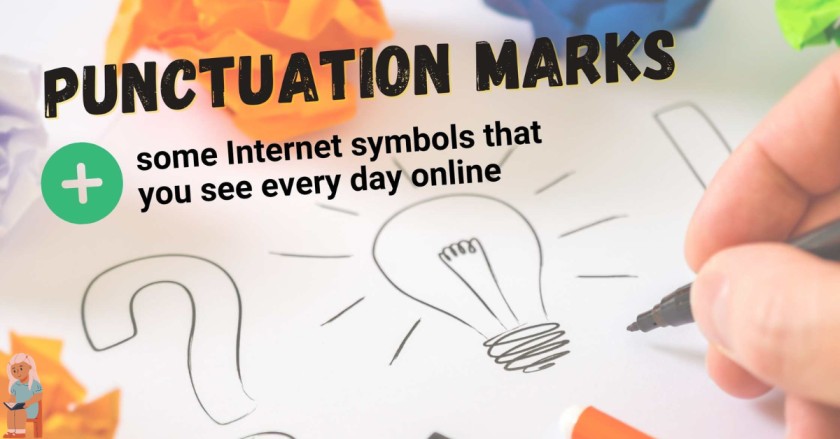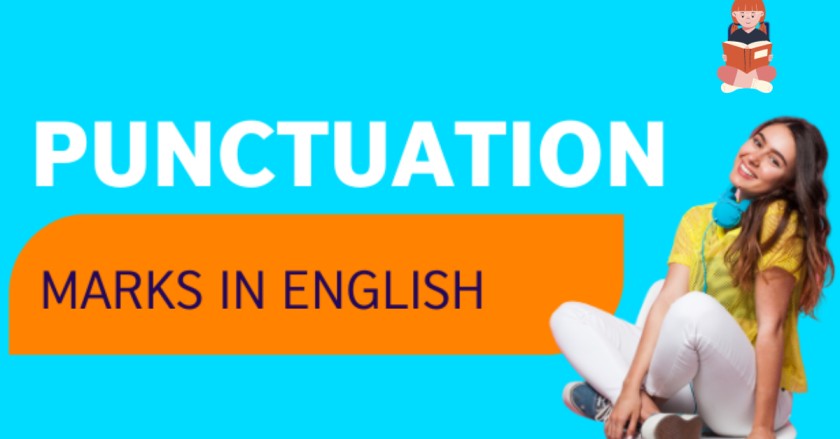| ( Symbol ) | Name | |
| 1. | ( , ) | ᶜᵒᵐᵐᵃ |
| 2. | ( . ) | ᵖᵉʳᶤᵒᵈ, ᵈᵉᶜᶤᵐᵃˡ ᵖᵒᶤᶰᵗ |
| 3. | ( ; ) | ˢᵉᵐᶤᶜᵒˡᵒᶰ |
| 4. | ( : ) | ᶜᵒˡᵒᶰ |
| 5. | ( ! ) | ᵉˣᶜˡᵃᵐᵃᵗᶤᵒᶰ ᵐᵃʳᵏ / ᵉˣᶜˡᵃᵐᵃᵗᶤᵒᶰ ᵖᵒᶤᶰᵗ |
| 6. | ( ? ) | ᵠᵘᵉˢᵗᶤᵒᶰ ᵐᵃʳᵏ |
| 7. | ( ‘ ) | ᵃᵖᵒˢᵗʳᵒᵖʰᵉ, ᵖʳᶤᵐᵉ |
| 8. | ( ” ) | ᵠᵘᵒᵗᵃᵗᶤᵒᶰ ᵐᵃʳᵏ |
| 9. | ( ( ) ) | ᵖᵃʳᵉᶰᵗʰᵉˢᶤˢ |
| 10. | ( [ ] ) | ˢᵠᵘᵃʳᵉ ᵇʳᵃᶜᵏᵉᵗ / ᵇʳᵃᶜᵏᵉᵗ |
| 11. | ( {} ) | ᵇʳᵃᶜᵉ |
| 12. | ( < ) | ˡᵉˢˢ-ᵗʰᵃᶰ ˢᶤᵍᶰ |
| 13. | ( > ) | ᵍʳᵉᵃᵗᵉʳ-ᵗʰᵃᶰ ˢᶤᵍᶰ |
| 14. | ( $ ) | ᵈᵒˡˡᵃʳ ˢᶤᵍᶰ |
| 15. | ( / ) | ˢˡᵃˢʰ |
| 16. | ( % ) | ᵖᵉʳᶜᵉᶰᵗ |
| 17. | ( – ) | ᵈᵃˢʰ / ʰʸᵖʰᵉᶰ |
| 18. | ( # ) | ᶰᵘᵐᵇᵉʳ ˢᶤᵍᶰ |
| 19. | ( & ) | ᵃᵐᵖᵉʳˢᵃᶰᵈ |
| 20. | ( @ ) | ᵃᵗ ˢᶤᵍᶰ |
| 21. | ( * ) | ᵃˢᵗᵉʳᶤˢᵏ |
| 22. | ( _ ) | ᵘᶰᵈᵉʳˢᶜᵒʳᵉ |
What is a Punctuation Mark?
Punctuation marks, the unsung heroes of language, play a crucial role in shaping our written communication. Imagine a world without periods, commas, or question marks – it would be a linguistic chaos. In this article, we delve into the fascinating realm of punctuation, exploring its types, functions, common mistakes, and its evolution over time.
🗣️ Examples of different punctuation marks include:
full stops (.), commas (,), question marks (?), exclamation marks (!), colons (:), semi-colons (;), apostrophes (‘) and speech marks (“,”).
⭕ All Punctuation Mark Examples With Names
See a description for each type of punctuation mark below, along with some handy punctuation examples in a sentence.
1.Full stop
A full stop is used to show the end of a sentence, as shown in this punctuation example:
‘Lucy went clothes shopping. She bought a lovely new skirt.’
Full stops are used to indicate that it is the end of a sentence, usually communicating a complete point or thought.

2.Commas
To make this accurate, we can say:
‘I love cats. They’re so soft and fluffy.’
Or:
‘I love cats because they’re so soft and fluffy.’
Connect the two clauses with a connective.
3. Question marks
Question marks are a bit more straightforward.
4. Exclamation marks
Look, it’s a cat!’
‘I’m so nervous about my SATs exams!’
‘I can’t believe you just said that!’
5. Parentheses and Brackets
Parentheses and brackets are punctuation’s way of offering additional information or clarification within a sentence. Understanding their distinct roles and knowing when to use each ensures a seamless reading experience.
6. Hyphens and Dashes
Hyphens and dashes may look similar, but their functions differ significantly. Hyphens join words, preventing confusion, while dashes create emphasis or set off information. Mastering their use enhances writing clarity and style.
7. Ellipses for Emphasis
When used judiciously, ellipses can add a dramatic pause or indicate a trailing-off effect. We’ll explore the proper use of ellipses, avoiding overuse and ensuring they serve their intended purpose.
8. The Function of the Slash (/)
The humble slash is a versatile punctuation mark that can denote alternatives, separate lines in poetry, or indicate a choice. Knowing when and how to use the slash appropriately contributes to effective and concise communication.
9. Punctuation for Different Writing Styles
Adapting punctuation to suit different writing styles is an art. Whether crafting a formal business letter or a playful blog post, understanding how punctuation can convey tone and mood is essential for effective communication.
10. The Evolution of Punctuation
Punctuation has undergone a fascinating evolution throughout history. We’ll take a brief journey through time, exploring how punctuation rules have changed and adapted to suit the evolving needs of language and communication.
11. Common Punctuation Mistakes to Avoid
To master punctuation, one must confront common mistakes head-on. We’ll address frequently made errors, from misplaced commas to apostrophe catastrophes, providing insights and tips to elevate your writing skills.
12. The Impact of Punctuation on SEO
In the digital age, punctuation goes beyond shaping prose—it can influence search engine rankings. Understanding the nuances of punctuation in the context of SEO is essential for writers and content creators aiming to enhance online visibility.
13. Punctuation in the Digital Age
As communication moves increasingly online, the role of punctuation evolves. We’ll explore how traditional punctuation adapts to the digital realm, and we’ll touch on the rise of emoticons and emojis as modern forms of punctuation.
Conclusion
In the grand tapestry of written language, punctuation stitches together the fabric of our expressions. Mastering punctuation isn’t just about following rules; it’s about wielding these marks with precision to convey meaning, tone, and emotion. As we bid adieu to this punctuation odyssey, remember: every comma, every dash, plays a vital role in shaping how your words are perceived.
FAQ’s
What are the rules for punctuation?
All Accentuations Should be Equal. This implies that when a principal provision is intruded on with a comma or a scramble, it should be interfered with same accentuation marks toward the start and toward the end. …
A Colon Should Show up toward the Finish of a Provision. …
Semicolons are Utilized for Equivalent Accentuation.
What is the first rule of punctuation?
The main accentuation denotes that add stops are the: Comma: breaks sentences into segments that are more obvious, and permits you to add additional data and to isolate things in records. Enough said: closes sentences, and denotes an unmistakable break between units of sense.
What are the Three classes of punctuation Marks?
The full arrangement of accentuation marks is isolated into three classes: adjusted, isolating and terminal. The fair accentuation marks are statements and enclosures, isolating are commas, runs, semi-colons and colons, and terminal are periods, interjection focuses and question marks.
